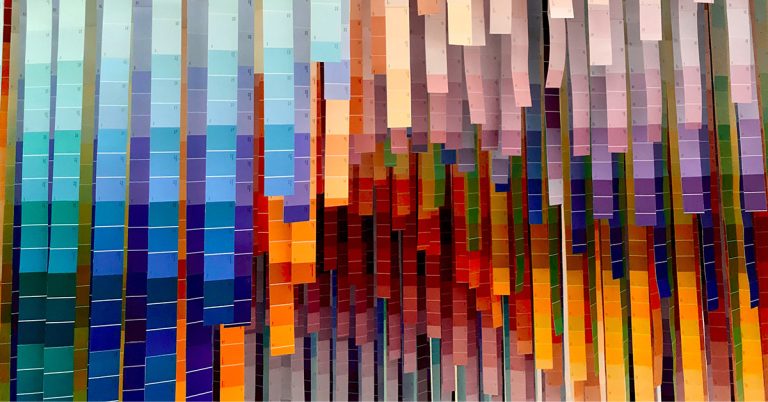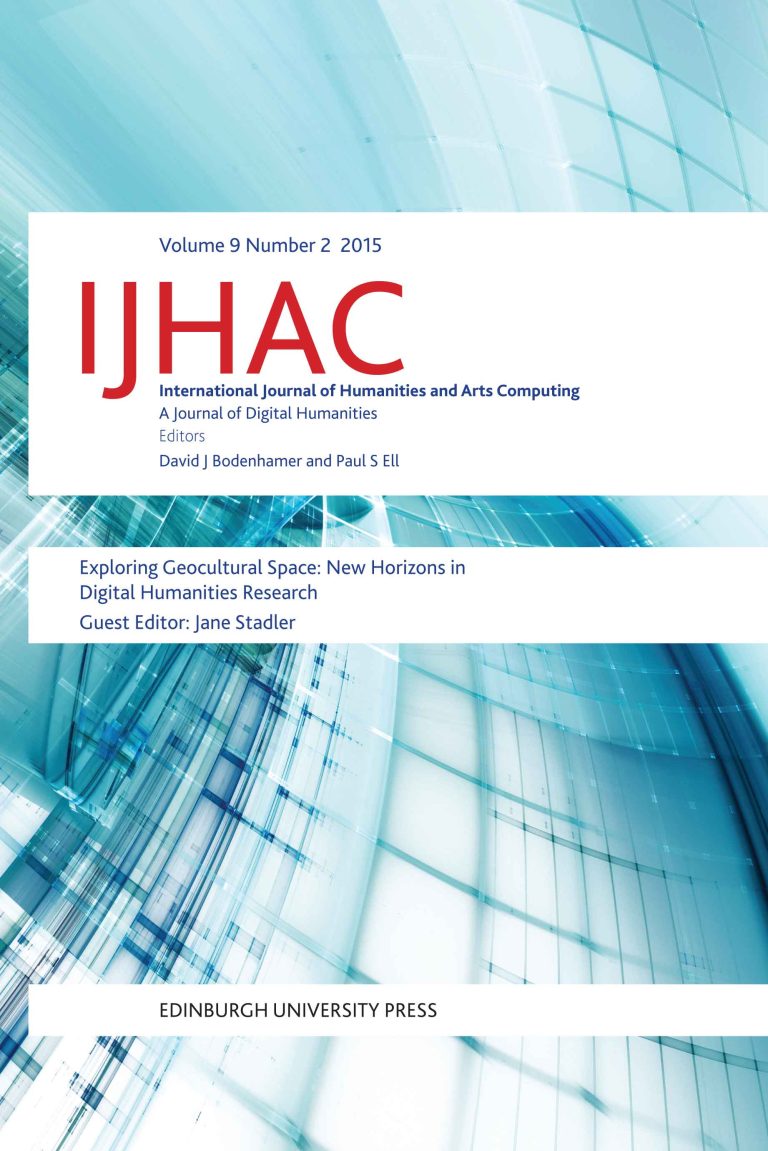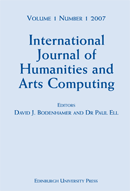
-
Ten everyday lessons
Read more: Ten everyday lessonsChantelle Gray offers a vivid tribute to Deleuze and Guattari’s radical becomings, calling for creative resistance and world-making.


Chantelle Gray offers a vivid tribute to Deleuze and Guattari’s radical becomings, calling for creative resistance and world-making.

by Bailey Betik and Alexander Cors Graduate education has traditionally been the final stage of academic apprenticeship, where individuals delve deep into their chosen fields of study. It’s a time for specialization and expertise, where students engage in critical thinking…

By the editors of IJHAC IJHAC: A Journal of Digital Humanities has been published since 1989, initially under the name History and Computing. It is one of the longest running journals in digital humanities. Recently, the journal broadened its thematic scope and…

by Emmanuel Ngué Um The main challenge facing Digital Humanities research in Africa is the race to catch up with a global trend, where digitization is increasingly present at the intersection of knowledge and society. This race is taking place…

Annotation has become one of the most popular themes in the reception and editing of literary (and other) texts. In the context of digital editions: explanatory annotation spreads in proportion to the growth in electronic texts, amazon x-ray and genius.com…

By Christian B. Long My article in the new issue of International Journal of Humanities and Arts Computing is part of my broader research in the spatial history of film. In “Where Is France in French Cinema, 1976-2013” and in my research…

Historians have used printed media such as books, letters, diaries, newspapers and magazines for centuries, yet now that the web has/is replacing that, the web is tomorrow’s historical resource. Relationships between historical ‘text’ sources, data and interpretation, the construction of…